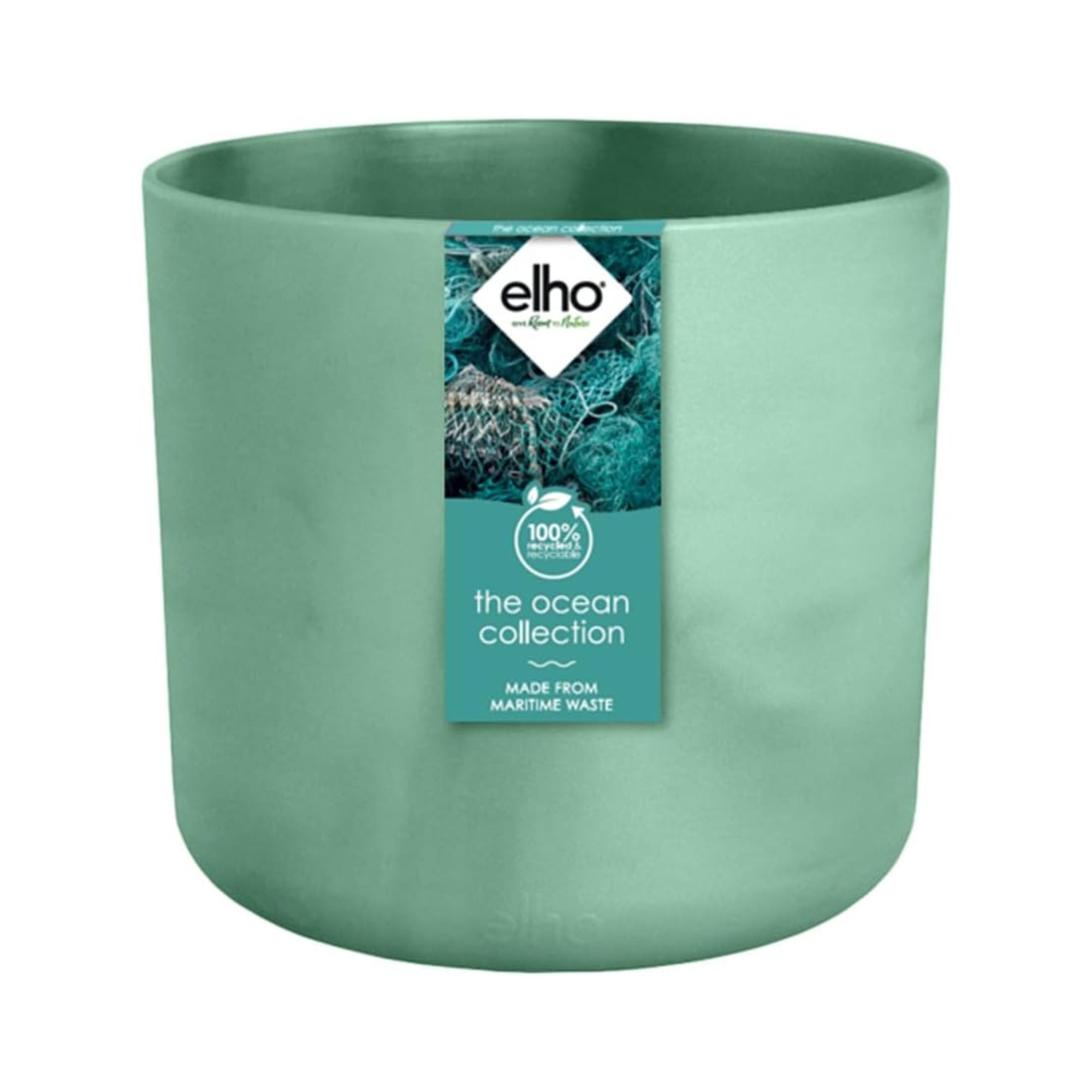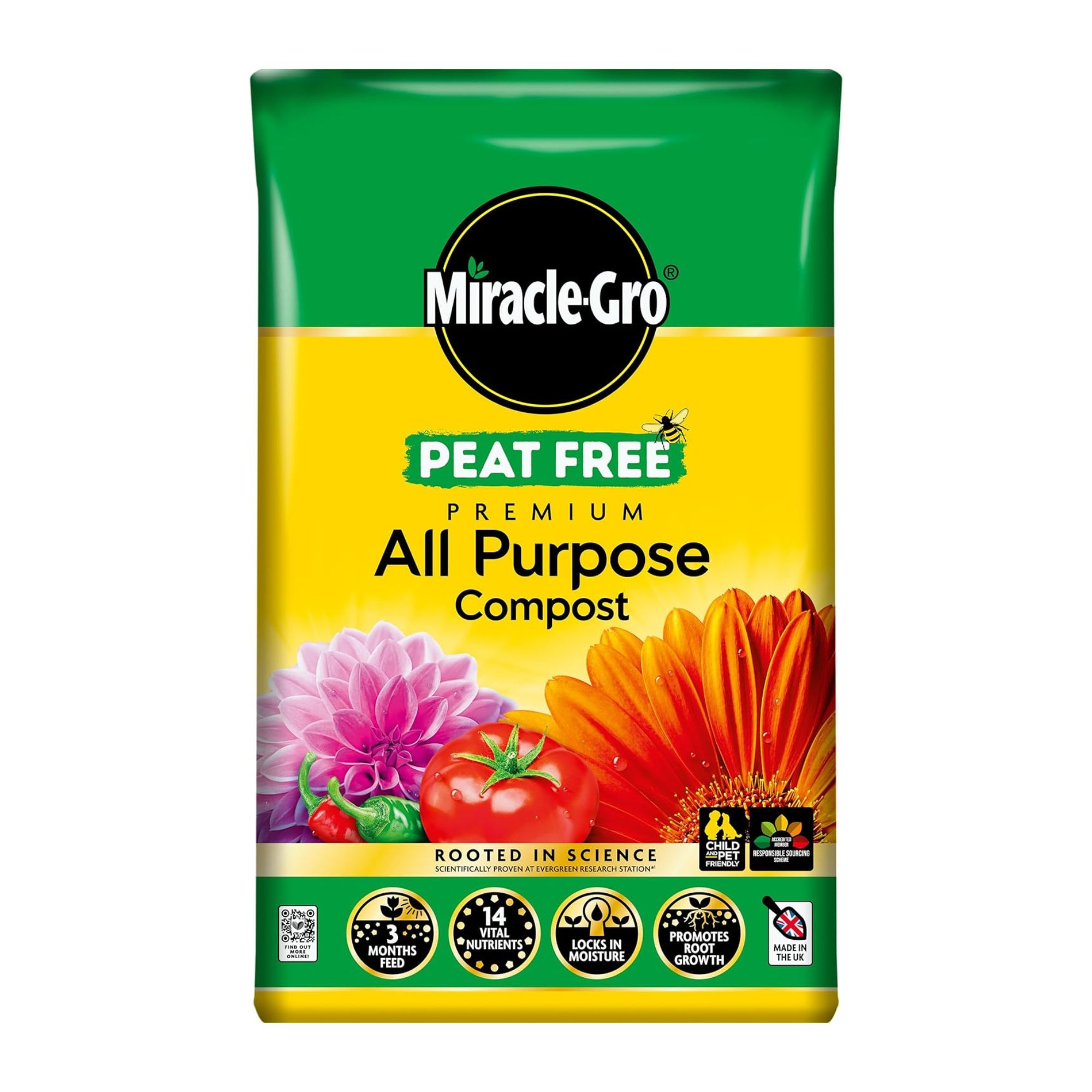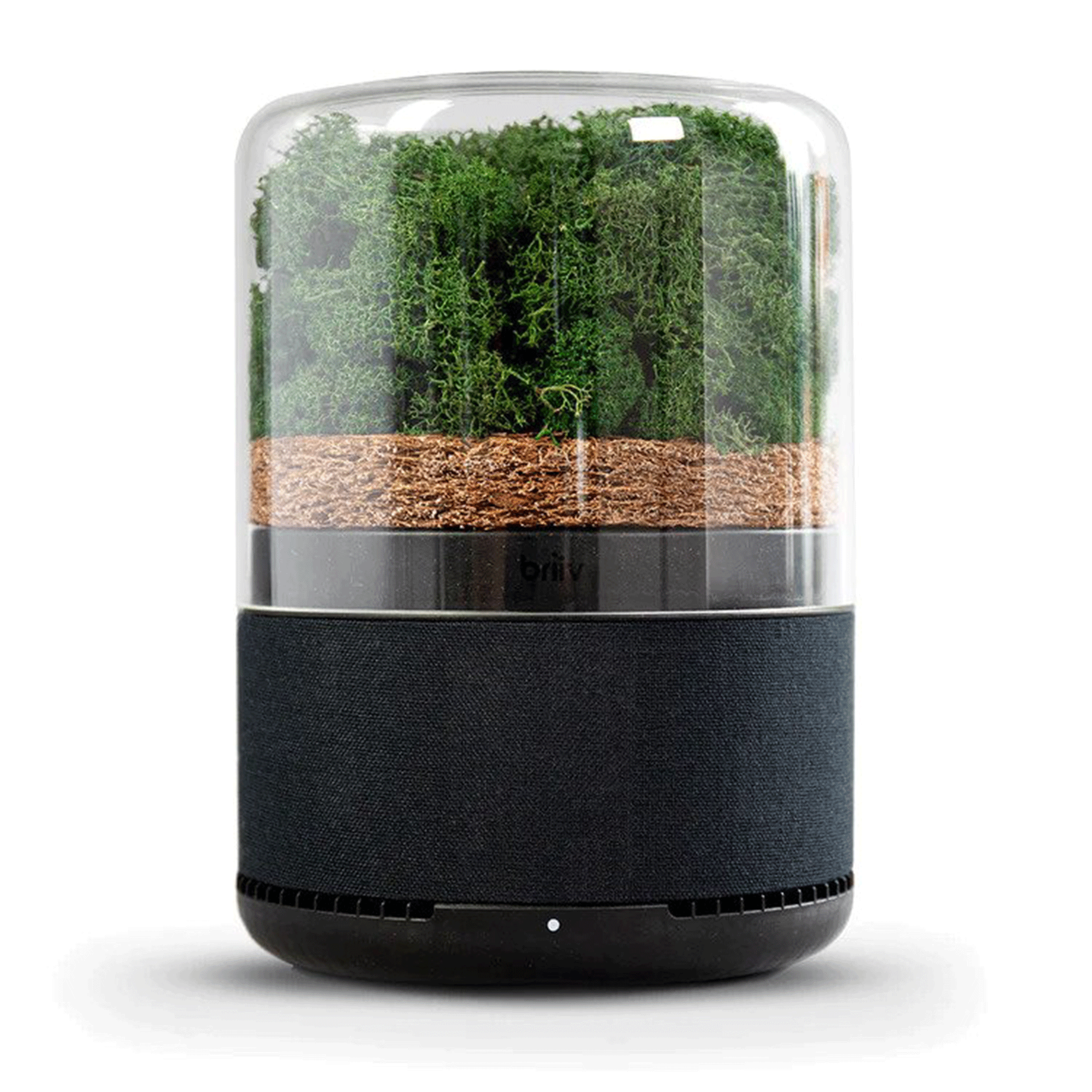Experts are urging homeowners to grow moss in pots to get rid of dust and moisture over winter – this is how to do it
Moss is Mother Nature’s free air purifier


EDITOR’S NOTE: An earlier version of this article included a quote from a purported expert whose credentials we have not been able to verify. The quote has been removed. We regret this lapse in our verification process and have updated our internal protocols to reduce the risk of recurrence.
At this time of year, moss is everywhere. And while the idea of growing moss in your home probably doesn't sound appealing, this novel idea could be the answer to your winter woes.
When you spend time removing moss from a patio and getting rid of moss in a lawn, it’s easy to assume that moss is a nuisance. But gardener Simon Akeroyd is urging homeowners to give moss a second chance in order to make the most of its air-filtering benefits. After all, this natural, non-flowering plant can rival some of the best air purifiers on the market.
You might already know that air-purifying plants exist, but moss isn’t your typical houseplant. It’s wet, dirty, and grown outside for a reason. But Simon’s latest Instagram video has certainly piqued our interest, as he says we should all be making moss pots to make the most of Mother Nature’s free air purifier.
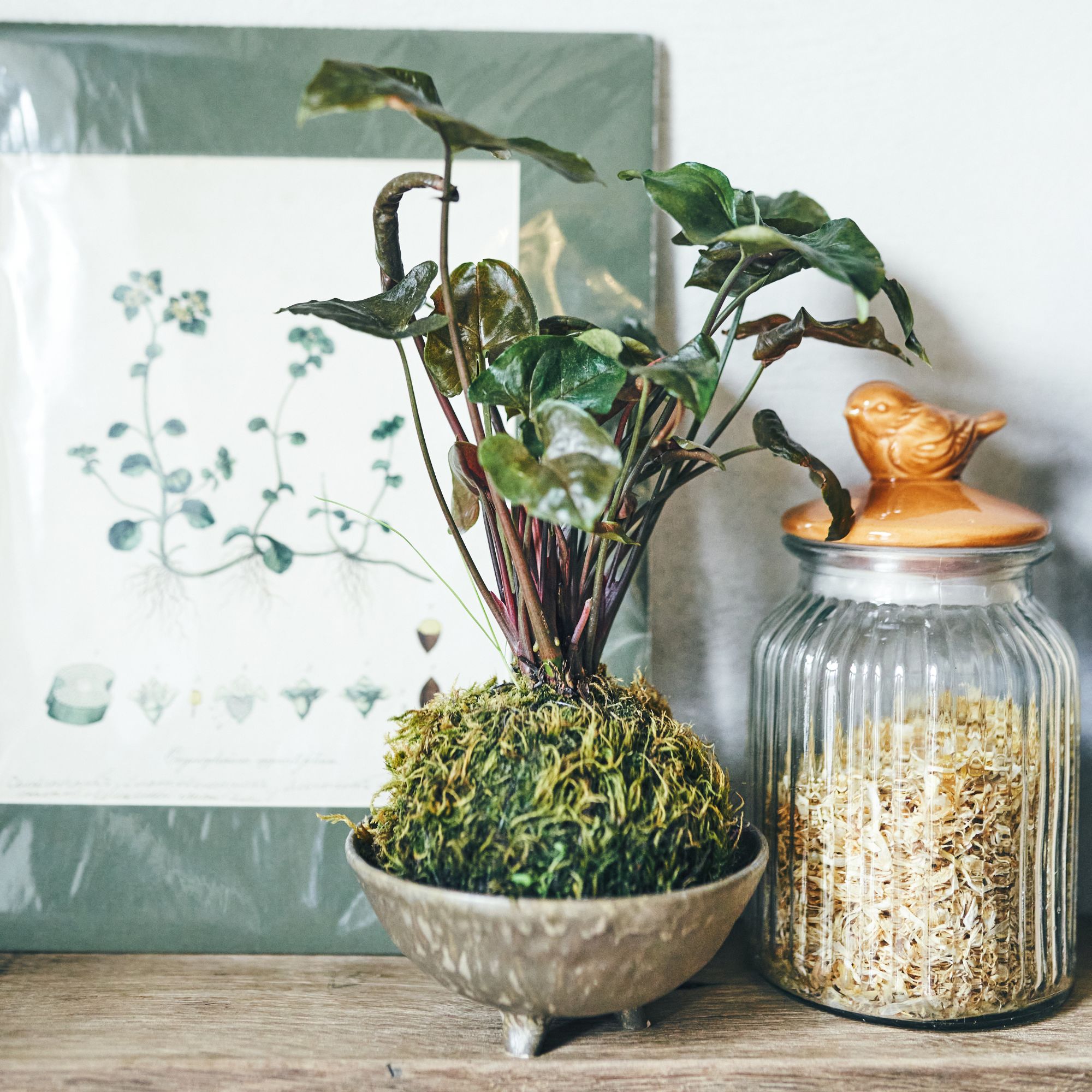
The advantages of growing moss indoors
While it’s not hard to find faux moss pots in garden centres and homeware stores across the UK, there’s a big difference between fake moss and real moss. After all, they can both add visual appeal to your home - but only one will serve a practical purpose.
But what are the advantages of real moss pots?
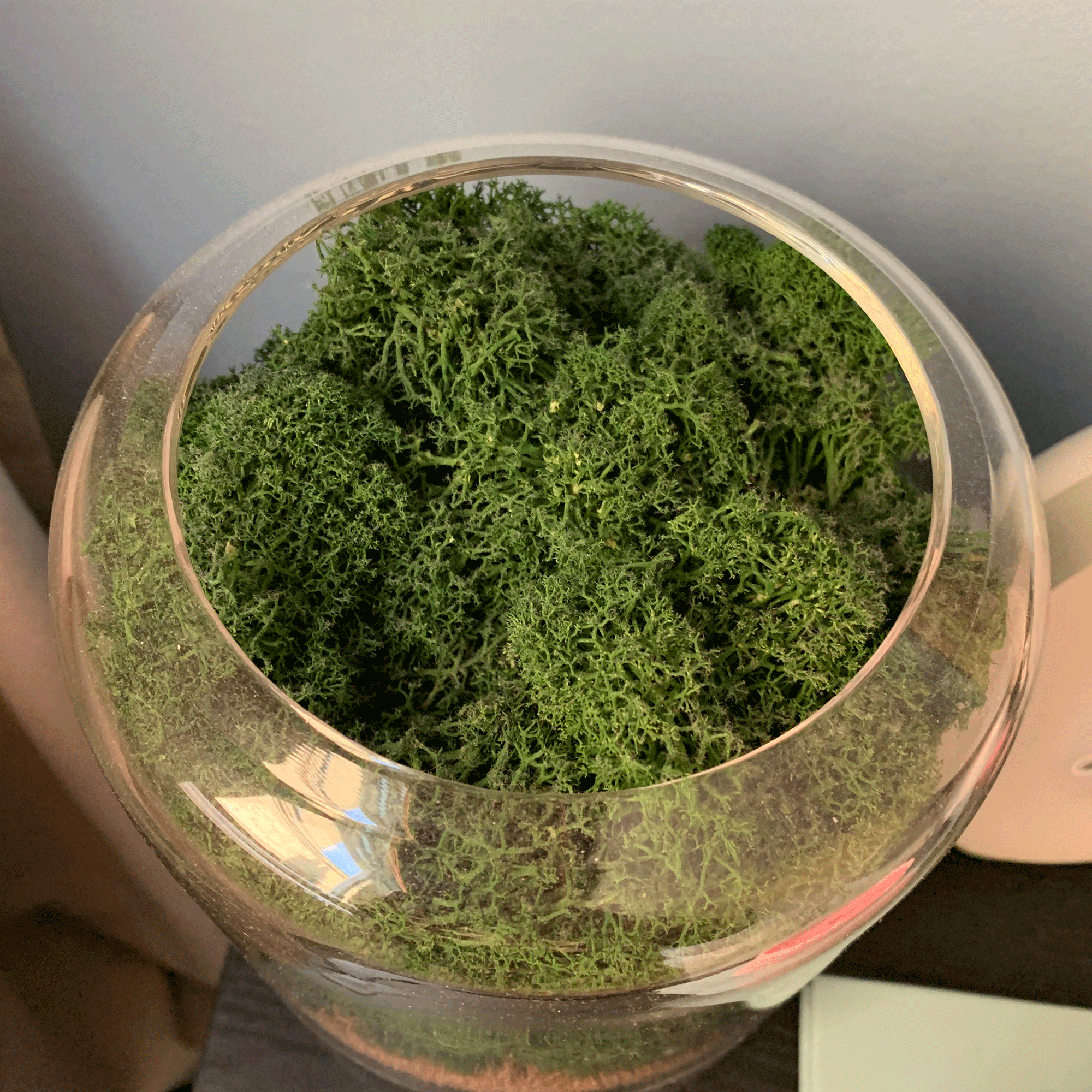
Just as an air purifier can help with allergies and hay fever, moss from your garden can do the same. That’s one of the reasons why the famous Briiv Air Filter (which Ideal Home’s Deputy Digital Editor, Rebecca Knight, gave a 4-star review) uses a moss layer to purify the air. That’s not all, though.
Harry adds, ‘It also has the ability to regulate indoor humidity levels by absorbing moisture during humid periods and releasing it into the air when it’s dry. This can help to create a more comfortable and healthy indoor environment.’
Sign up to our newsletter for style inspiration, real homes, project and garden advice and shopping know-how
This is especially important during the winter months when humidity levels change due to seasonal weather and the use of central heating. As a result, moss can help to get rid of damp and prevent mould growth in your home.
How to grow moss in a pot
The beauty of a moss pot is that it won’t cost you a penny if you already have the moss and the other tools at your disposal. So, if you want to grow a natural air purifier, follow the steps below.
What you'll need
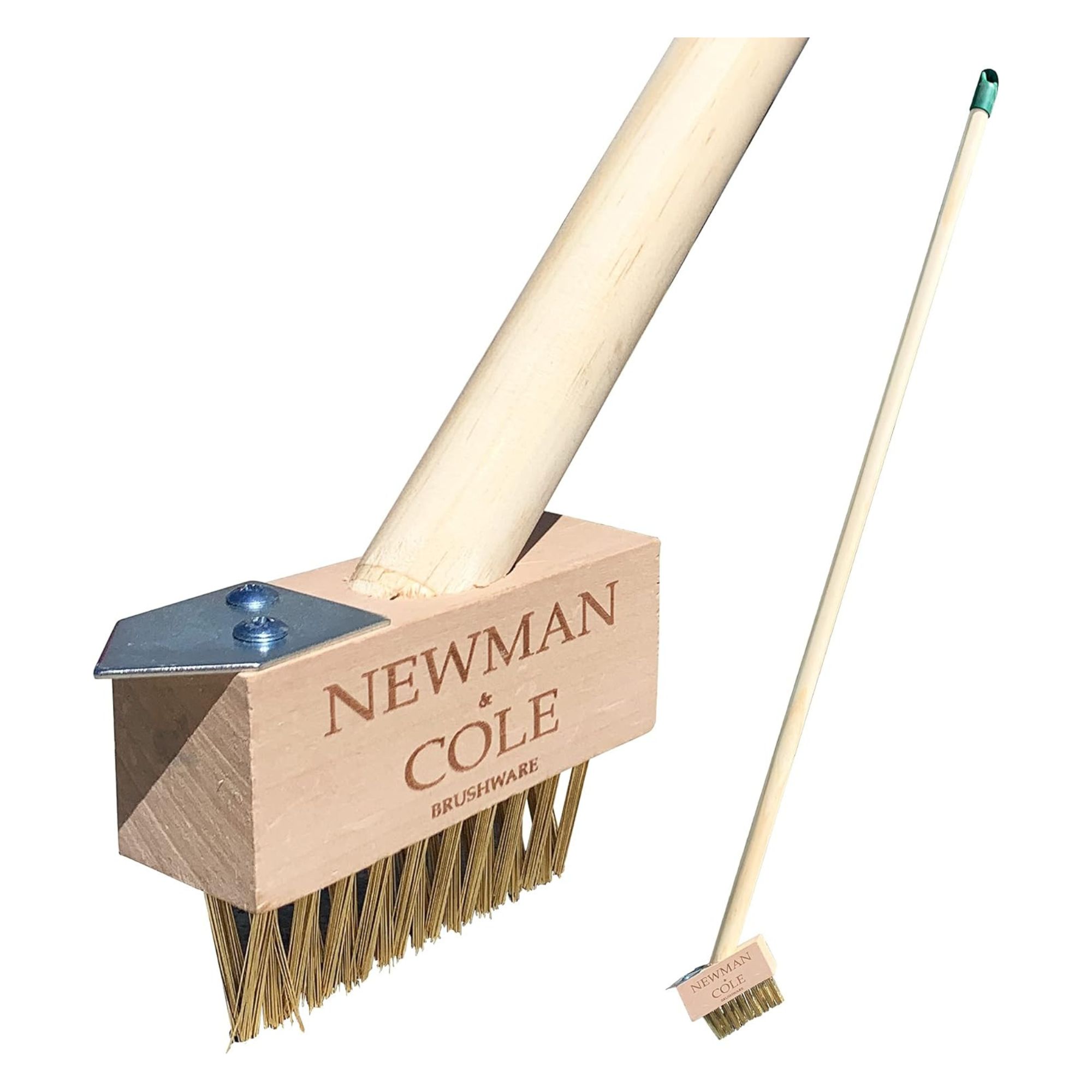
This weed brush is a favourite of our gardens editor, Sophie King. She used it to remove weeds and moss from her driveway and gave it a glowing review.
Step-by-step
1. Collect your moss
At this time of year, moss isn’t hard to find. You may find it growing on your patio (especially if you haven’t cleaned it in a while), or you may find it falling from your gutters as the wet weather rages on.
So, your first step is to collect your moss when you see it. How much you choose to collect is up to you, but it’s worth mentioning that adding too many moss pots to your home could have the opposite effect and create mould.
Because of this, we’d suggest collecting enough for one small pot to start. For this, you’ll need a couple of small pieces. It’s then a good idea to pop the excess moss on your compost heap.
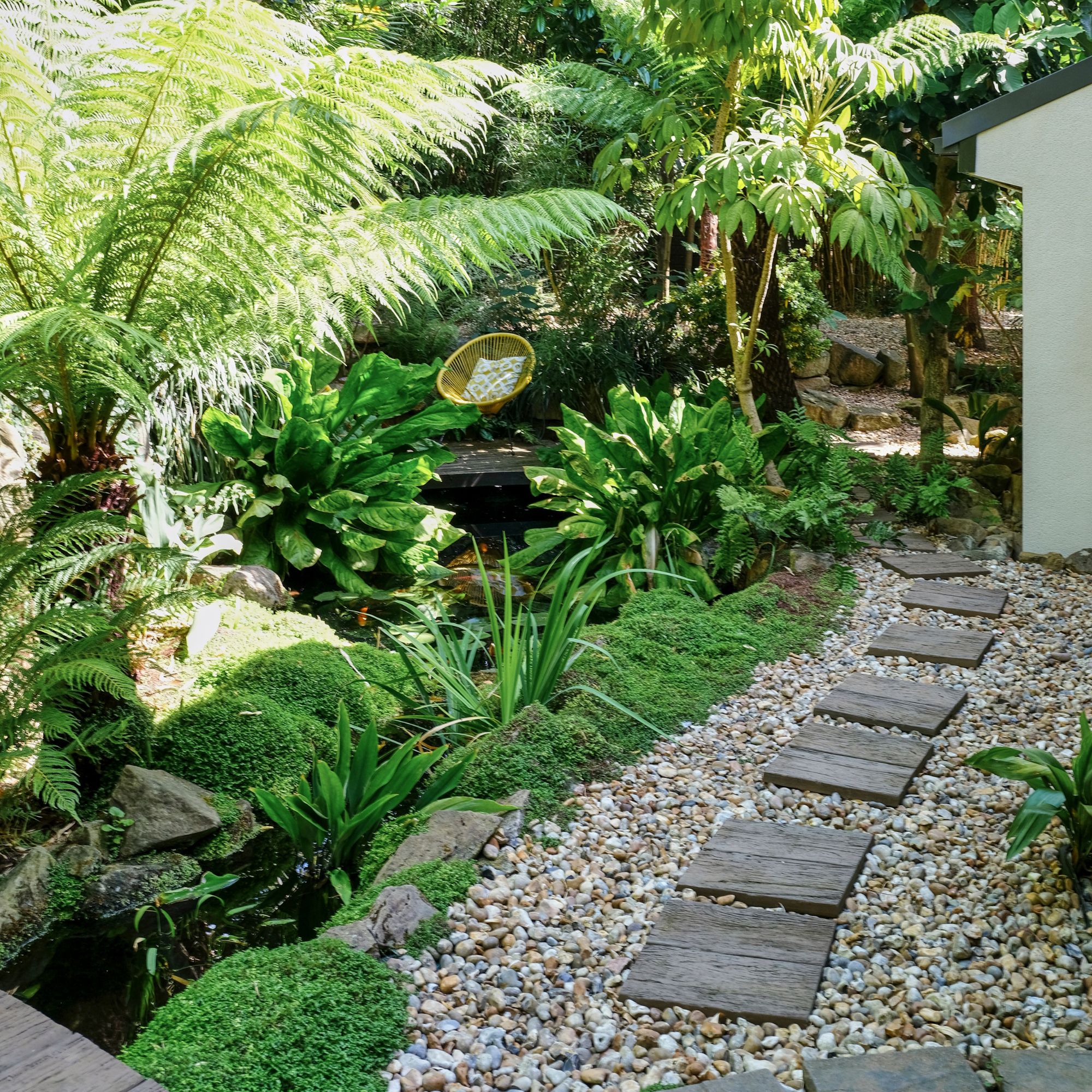
2. Fill a pot with compost
When you have your moss, you'll need to fill a pot with compost. There are no hard and fast rules when it comes to this step, and you can choose any pot that takes your fancy - from your typical plant pot to a decorative bowl or even (as Simon suggests in his video) your favourite mug.
The aim during this step is to fill your pot with as much compost as you can. This then creates a rounded effect when the moss is laid on top to give your moss its chance to shine.
3. Cover the compost with the moss
With a pot of fresh compost in front of you, you can then layer the moss on top. This doesn’t need to be precise, and you don’t need to choose one big piece of moss for this step. As long as the compost is covered, it doesn’t matter if you add two or 20 pieces of moss to do so.
Then, it’s up to you where you keep your moss pot. In Simon’s video, he suggests placing it next to your bed to mimic the way an air purifier can help you sleep. Although moss it happy in low-light, you do need to make sure that it has enough, so near a window is ideal.
4. Mist with water every now and then
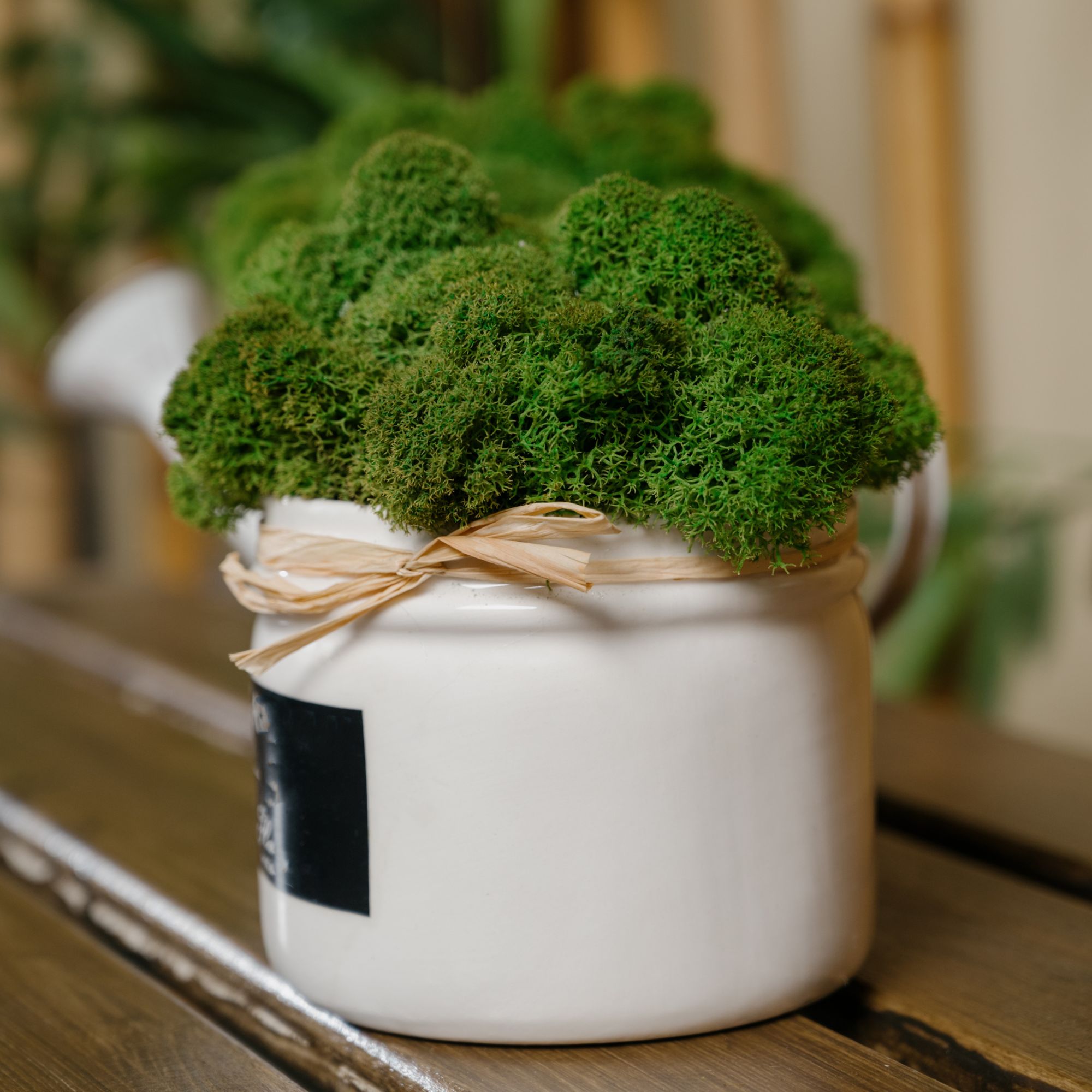
If cared for correctly, your natural air purifier moss pot can last up to a year in your home. And while it’s generally low-maintenance, you need to mist it with water every now and then.
Once every two weeks should probably be enough to keep your moss in top form, but if you notice it start to dry out too much - especially when your heating is on full blast - you might want to up the ante and opt for once a week instead.
Then, simply repeat the process next year to replace your old moss pot.
FAQs
How do you stick moss to soil?
In most cases, you can simply lay moss on your compost. Although moss doesn’t have roots, it does have hair-like structures that serve as anchors to the surface they’re growing on. So, before too long, these hairs will stick themselves to the soil.
If you’re worried this won’t happen, however, you can use pins or even toothpicks to stick the moss to the soil. You should be able to remove these after a few weeks.
Can moss grow in a closed container?
If you’re worried that growing moss indoors will result in too much moisture in your home, you can grow it in a sealed container. Many people often add moss to their terrariums, and it will thrive in this moist and humid environment.
However, it’s important to note that growing moss in a closed container won’t allow you to enjoy the air-purifying benefits of moss. For the best of both worlds, opt for a terrarium with an opening so it can still work its magic.
Will you be growing moss in pots to purify your house this winter?

Lauren Bradbury has been the Content Editor for the House Manual section since January 2025 but worked with the team as a freelancer for a year and a half before that. She graduated with a Bachelor’s degree in English and Creative Writing from the University of Chichester in 2016. Then, she dipped her toe into the world of content writing, primarily focusing on home content. After years of agency work, she decided to take the plunge and become a full-time freelancer for online publications, including Real Homes and Ideal Home, before taking on this permanent role. Now, she spends her days searching for the best decluttering and cleaning hacks and creating handy how-to guides for homeowners and renters alike, as well as testing vacuums as part of her role as the Ideal Home Certified Expert in Training on Vacuums, having spent over 110 hours testing different vacuum models to date!
